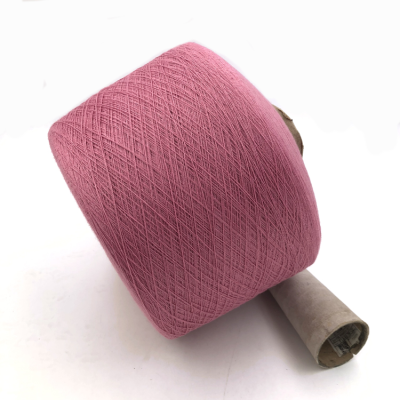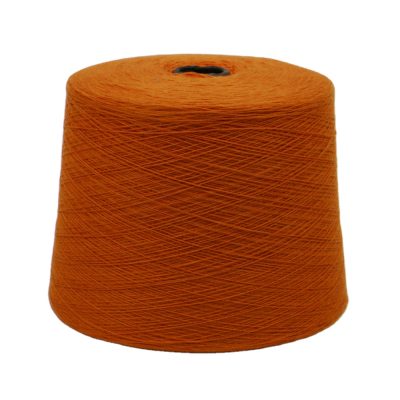Knitted cloth is formed by using knitting needles to bend into loops and string together.
Circular woven fabrics-the main products are: knitting, air layer, polyester cover, brushed fabric, cloth, etc., and many mixed weaves such as: flat rib change weave, jacquard weave, tuck weave, and yarn Tissue, pad tissue, terry change tissue, etc. Due to the different stitch patterns of the weaving method, the same product will also have many changes, such as: mesh cloth has small meshes and so on.
Flat woven fabrics—The main products are: flat knitting ribs, woolen sweater fabrics, yarn sweater fabrics, warp knitted plain fabrics, warp knitted mesh fabrics, warp knitting, warp knitting pile fabrics, warp knitting loop fabrics, warp Weaving towel fabric and so on.
Add changes in raw materials (cotton, linen, silk, chemical fiber, wool, organic hemp, etc. and blends), dyeing changes (color spinning), process changes (jacquard, interweaving, brushing), etc., on the original basis. Many varieties have been regenerated.
It is characterized by soft texture, moisture absorption, breathability, sweat wicking and warmth, and most of them have excellent elasticity and extensibility. Compared with woven fabric, it has the characteristics of high output and suitable for small batch production. Knitted clothing is comfortable to wear, fits and fits the body, does not have a sense of tightness, and can fully embody the human body.
























